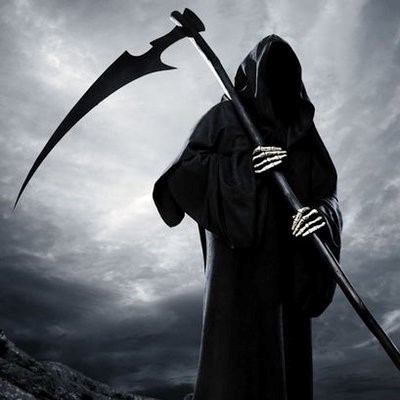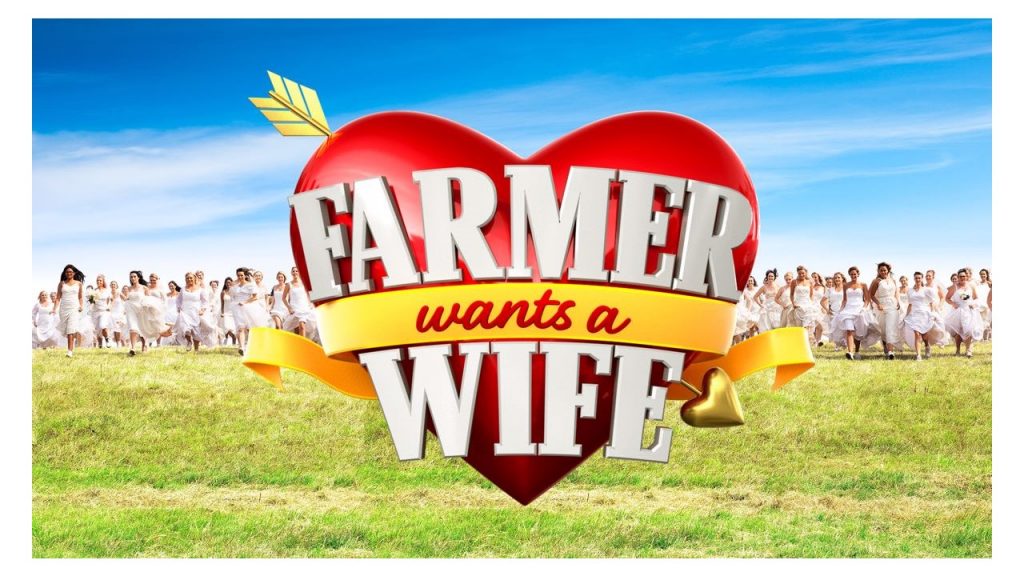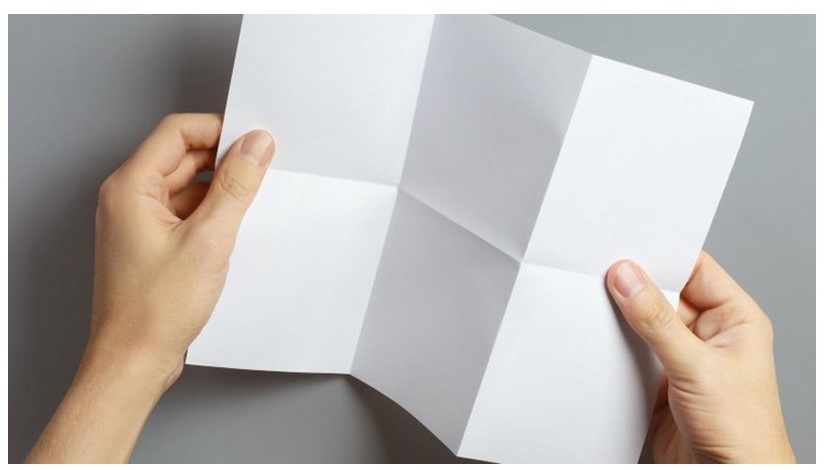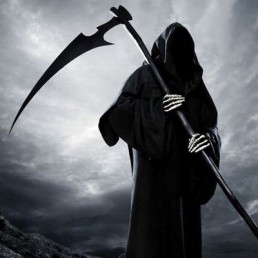Pearman Pulse - August 2020

THE PRINT GRAVEYARD

It is no secret that the print media has suffered horrendously since Digital rolled into town however the last three months has been particularly bad for them. Perhaps it was always heading this way and Covid simply fast tracked the inevitable.
In late May, News announced it was closing the printed editions of over 100 Suburban and Regional papers to move them to Digital only editions and 14 were simply closed. These closures represent around 20% of all newspapers in Australia. Printed newspapers have been struggling for some time with advertising revenue through agencies more than halved over the last 5 years from $550 million to $250 million per year. At least Newspapers seem to have been recouping around 60% of the lost print advertising through their digital advertising sales. They are also gaining income from digital subscriptions and have the benefit of being backed by some of the biggest media players – Murdoch, Stokes & Nine. The recent ACCC rulings for the big tech companies to pay for news content should also be a bonus for newspapers.
Magazines have possibly been in a more vulnerable position than newspapers as they coped with the Digital onslaught, competition from newspapers introducing lifestyle / magazine sections and (in hindsight) not choosing the right digital strategy. The Magazine sector’s advertising revenue has been hit harder than newspapers as 5 years ago it was around $147 million and today its $64 million. That is about the same amount that James Packer paid for his unit in Barangaroo (wonder what Kerry would think). The fallout from all of this was seen last month as Bauer Media (now owned by Mercury Capital) closed 8 magazines - Harper's Bazaar, Elle, Men's Health, Women's Health, InStyle, Good Health, NW and OK. They also moved Girlfriend to a digital only title. Many of these magazines had expensive global licenses attached to them which would have contributed to their demise. Even though it seems there was consumer demand for the 8 deleted magazines (they were read by around 1.2 million people), clearly they were not able to be profitable. With the benefit of history, we can see that Bauer’s decision not to use the heritage of their magazines mastheads for digital editions may not have been a good move as they wrapped up all their mastheads into www.nowtolove.com.au and www.homestolove.com.au
All these deceased print publications have left many clients searching for ways to effectively reach their targets. The suburban papers serviced an important local market for clients who want to reach a specific geographic target. While burying those magazines has left a big gap for Fashion and Health related clients.
Hopefully, this ‘rationalisation’ will put both the Newspaper and Magazine sectors into a healthier situation so that they can prove there is an afterlife.
WHAT’S NEW IN MEDIA – TV, WHAT’S OLD IS NEW AGAIN!

In the free to air TV world, supremacy and bragging rights are fought out in ‘Peak’ night time of 6pm-10:30pm. A mere 31.5 hours of content weekly. However 10.5 hours are already spoken for with News and Current Affairs (with Network 10 a little different). The crucial 7.30-9:30pm period is what the networks concentrate on to compete with ratings and stem the leak of FTA viewers to Streaming services. Live sport takes up some of this but then it is over to the ‘tent pole’ programs to bring home the bacon!
This year it has been interesting seeing the Seven Network resurrect old formats. First came the 12th season of Big Brother that had previously been on TEN for 8 seasons (2001-2008) and Nine for 3 seasons (2012-2015). Surprisingly its revival on Seven seems to have been a success with ratings 10% above the last season and attracting younger demographics for Seven. Something Seven had struggled to achieve at 7:30pm. We know it has worked as Seven has now renewed it for another series next year. The next big test is the revival of The Farmer Wants A Wife. Nine ran 8 episodes between 2007-2012 and then had another crack at it in 2016. After 9 marriages and 20 babies, Seven has just started airing the 10th episode. The initial ratings look like it could be a success as they are 20% above the 2016 ratings.
DIGITAL – DID BLM PROTEST AFFECT FACEBOOK?

You may have heard that the ‘Black Lives Matter’ movement encouraged a July Facebook boycott by a number of large clients (Coca Cola, Unilever, Starbucks, Honda, etc). The idea was to put financial pressure on Facebook to stop displaying hateful content. At the time some media had headlines saying this would “slash Facebooks advertising spend” and that it had cost Mark Zuckerberg $72 billion (due to a drop in share price). As good intentioned as the protest may have been, the ‘hurt’ has definitely not lived up to the headlines.
Facebook’s share price today is 13% higher than it was in early May 2020 or put another way, its market capital grew by $75 billion in 3 months. The company’s ad sales in the first three weeks of July also grew 10% year on year. Facebook’s monthly active users were also up 12% year-on-year to 2.7 billion. With much of the world in lockdown at home it is no wonder consumption of their platform has increased. Interestingly Black Lives Matter has a Facebook page with close to 700,000 followers and many would have been active in July.
The protest has drawn attention to the real strength of Facebook which is its massive long tail of businesses all contributing to its $70 billion annual revenue. 98% of that is from advertising. Facebook has millions of advertisers with small to medium sized businesses making up 76% of all its advertising revenue. It is estimated around 1100 companies joined the boycott which effectively became a symbolic gesture.
Facebook’s real threats are twofold. 1) Politicians thinking they have too much power and 2) a potentially ageing customer base.
Facebook (as well as Google, Apple & Amazon) have recently had the US Congress accusing them of using their market power to crush competitors and distort the political debate. In Australia, last week the ACCC released a draft code forcing Facebook and Google into a negotiate-arbitrate model to compel them to fairly pay Australian media companies (mostly News & Nine) for the use of news content on digital platforms. Of course, the biggest threat to Facebook could be that Generation Z does not want to see their parents on the same social platform as themselves.
SMI UPDATE – JUNE 2020

The latest SMI figures for FY20 show the worst year ever for media advertising spend as it is down by more than $1 billion dollars compared to FY19. Although June’20 bookings were down 35.7% compared to June’19 it could be viewed as positive as they were expected to be 40%+ down. June is also an improvement on the April and May figures. SMI also has insight into forward bookings and they are showing an improving market. Overall, FY20 was a 14.7% decline compared to FY19. The Sydney agencies had the lowest decline of the 5 capital cities.
Outdoor continued to have the highest decline of any media at -66% for the month. Magazines were close behind at -62% and Newspapers were -47%. Radio improved a bit from May being down -43%%. While Television was down -34% and Digital -20%. For FY20 the only major product categories showing any growth compared to FY19 were Insurance at +5.3% and Domestic Banks at +0.4%. The two biggest categories of Retail and Automotive Brands were down -13.3% and -23% respectively
FAST FACTS

- A dry, square piece of paper cannot be folded in half more than 7x
- The tongue of a blue whale can weigh as much as an elephant.
- Germany does not punish a prisoner who tries to escape jail - it is a basic human instinct to be free.
- Your heart beats over 100,000 times a day.
- Richard Gere’s middle name is “Tiffany”

